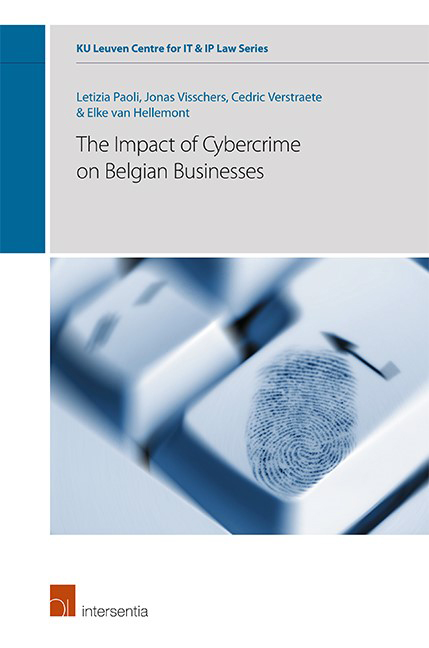Book contents
- Frontmatter
- Foreword
- Acknowledgements
- Contents
- List of Tables
- List of Figures
- Introduction
- Chapter 1 Literature Review
- Chapter 2 Conceptualization of the Key Concepts
- Chapter 3 Research Design
- Chapter 4 The Results of the First Wave
- Chapter 5 The Results of the Second Wave
- Chapter 6 Comparison of the Two Waves
- Chapter 7 Conclusions, Research and Policy Implications
- References
- Appendix
Chapter 6 - Comparison of the Two Waves
Published online by Cambridge University Press: 31 January 2019
- Frontmatter
- Foreword
- Acknowledgements
- Contents
- List of Tables
- List of Figures
- Introduction
- Chapter 1 Literature Review
- Chapter 2 Conceptualization of the Key Concepts
- Chapter 3 Research Design
- Chapter 4 The Results of the First Wave
- Chapter 5 The Results of the Second Wave
- Chapter 6 Comparison of the Two Waves
- Chapter 7 Conclusions, Research and Policy Implications
- References
- Appendix
Summary
In this chapter, we outline the most important similarities and differences in the results of the two survey waves. We stress that caution is needed in interpreting the results, as these are not based on longitudinal data, but on two crosssectional studies. This means that the respondents in the second survey wave were not necessarily the same as the first one.
If we compare the victimization rates of cybercrime between the two waves, we observe a substantial decrease in the percentage of businesses reporting victimization of at least one type of cybercrime (from 66.5% in the first wave to 53.6% in the second wave; see figure 4 for a visual representation). In particular, the victimization rates of illegal access to IT systems and data/system interference are substantially lower in the second wave than in the first wave (32.7% compared to 50.0% and 20.2% compared to 44.0%, implying declines of -17.3% and -23.8%, respectively). The percentage of businesses reporting victimization of cyber extortion has also decreased, but to a lesser extent (from 24.1% to 18.9%: -5.2%). However, the victimization rate of cyber espionage has increased from 3.6% in the first wave to 10.6% in the second wave (+7%). The percentage of businesses admitting victimization of internet fraud is more or less equal in both waves.
In both waves, we see that, for illegal access to IT systems, data/system interference and internet fraud, there are more repeated victims than single victims. For cyber espionage, on the contrary, there are more single victims than repeated victims in both waves; for cyber extortion there are more repeated victims in the first wave, but more single victims in the second wave.
A comparison of the incidences of each cybercrime type reveals that businesses in the second wave (M = 0.96, SD = 1.74; M = 0.35, SD = 0.77; M = 0.27, SD = 0.62, respectively) are less oft en confronted with illegal access to IT systems, data/system interference and cyber extortion than businesses in the first wave (M = 1.53, SD = 1.98; M = 0.91, SD = 1.25 and M = 0.41, SD = 0.83, respectively; t (559.13) = 3.653, p < .001; t (491.10) = 6.330, p < .001 and t (514.58) = 2.308, p = .021, respectively).
- Type
- Chapter
- Information
- The Impact of Cybercrime on Belgian Businesses , pp. 93 - 102Publisher: IntersentiaPrint publication year: 2018

